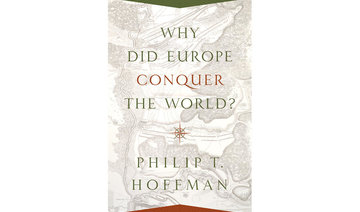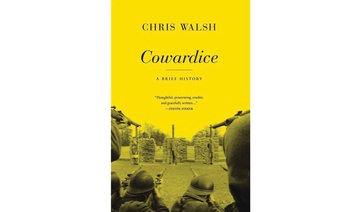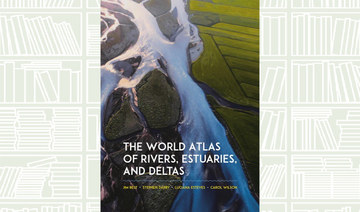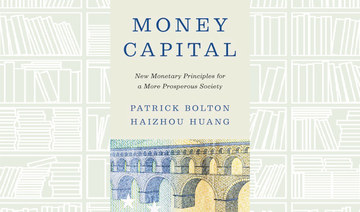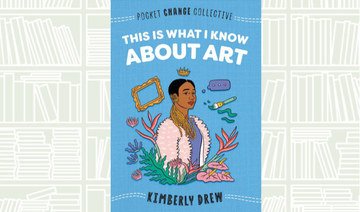For many years, “Cairo City of Sand,” an enlightened stroll across the illusive layers of Cairo, exquisitely written by Maria Golia, has been my favorite book about the city. Other books pale in comparison and generally fail to convey the truth about this city.
And then we come to “Cairo Inside Out” recently published by The American University in Cairo Press. I searched for the time when I could slip in between the pages and get “inside” Cairo…
Trevor Naylor takes us in the late afternoon to the Cafe Riche, an iconic literary cafe in downtown Cairo. There is something special about those moments between day and night, just before dusk. “I wondered if it would be possible to write a book that captured that mood and light,” Naylor said.
“Cairo Inside Out” is unlike any other book. It is not a travel book, nor a guide, nor a memoir, and neither is it a history book nor a coffee-table book. It attempts to grasp what the Spanish call “el no se que” and the French, “je ne sais quoi” — expressions which have no exact equivalent in English.
“Cairo Inside Out” is a reflection on Cairo
; it exudes a certain something, indefinable, inexplicable, an elusive quality which is part of the city’s fabric. Vibrant, noisy, hectic, Cairo resembles a giant puzzle whose pieces are the Pyramids, Old Cairo, Khan Al-Khalili, Zamalek, Maadi, to name but a few, added on throughout the centuries.
In Cairo, however, everything begins with the Nile. Cairo would not be Cairo without the Nile. It draws its strength, vitality and longevity from this powerful river, a source of life and an inspiration to writers, poets and artists. But the Nile is not as accessible as one might expect.
“Unlike many urban riverbanks, the edge of the Nile is not made up of public spaces reserved for the people, but rather of areas that are owned, hidden, or simply locked up behind a wall for much of its passage through Cairo.”
The easiest way to get close to the Nile is to enjoy a ride on a felucca, especially at sunset when the sky unrolls a changing palette of colors from golden yellow to streams of tangerine tinged with crimson. Far from the crowded streets, carried away by a gentle breeze, a felucca ride is a wonderful break from the pressures of everyday life.
The Nile has a magical effect whenever you see it: It refreshes you in the summer’s scorching heat; it calms you when you are helplessly stuck in a traffic jam; it boosts your energy after a hectic day and a mere glimpse of its shimmering waters can wash away the worries and weariness of a tiresome day.
Zamalek, situated on Gezira Island, is one of the most beautiful residential and commercial areas of Cairo with its quaint hotels, antique shops, art galleries, boutiques, cafes and restaurants. French and Italian architects designed beautiful art deco style buildings at the beginning of the 20th century and Zamalek exudes a more intimate atmosphere than downtown Cairo. Zamalek is known as Paris by the Nile although it is difficult to imagine what this distinct part of the city once looked like.
After the Khedive, Ismail Pasha, visited the Exposition Universelle held in the French capital in 1867, he returned to Cairo with the firm intention of building a downtown area imitating the quarters of Paris. Naylor discovered, while reading an old Baedeker’s guidebook of 1908, that the Khedive had offered plots of land in an area stretching from Azbakiya to Abdin Palace westward to the Nile to “anyone who would undertake to build on each a house worth at least 30,000 francs within eighteen months.”
Downtown Cairo has nothing to envy in Zamalek. It has a lovely boutique hotel, Talisman, and the quaint Windsor Hotel where time has stood still: “The period feel one enjoys in the famous barrel bar and breakfast room are as close as you can get to being in authentic colonial Cairo… However, if you expect speedy service, lightning-fast Wi-Fi and a latte, then you should skip this treat… The key to the Windsor is its silence… From your secluded perch, you can sit and simply observe life. This is a soothing way to pass the time of day and ponder the glorious ever-changing light,” Naylor wrote.
I have also sadly noticed the disappearance of bookshops in Downtown Cairo. Younger generations are not reading as much and when they do, they read differently; they are far less attracted to physical books and prefer to read on their phones or their iPads. But I do not believe that the dwindling number of expert booksellers is “one of the reasons why downtown is losing its cultural appeal to the European traveler.” Downtown still has a lot to offer and the interest and attractions are there but what has really affected the downtown area is the relocation of the American University to New Cairo. The American University in Cairo (AUC) brought tremendous life to this part of the city. Nowadays, all the area surrounding the main campus no longer brims with activity. It feels dead.
“Felfela” close to Tahrir Square is still a favorite restaurant with visitors and tourists. Its wild yet picturesque décor blends with the traditional Egyptian food that is served, especially “foul” and “taamiyyah.” It is, as Naylor said, “a tourist trap worth falling into.”
From one page to another, we move on to medieval Cairo, which is mostly intact. The contrast between past and present pervades the atmosphere; you see men wearing the same clothes and eating the same food as their ancestors and yet they are talking on a smart phone.
Just opposite the Bab Zuwayla, one of the last remaining gates to the city, lies the charming Shari Al-Khayamiya known as the Street of the Tentmakers. Built in 1650, it is the only covered market left in medieval Cairo. This street specializes in making appliqué quilts, cushions and wall hangings for tourists, but in the past it provided the cloth for the tents (hence its name), particularly for those making the pilgrimage to Makkah.
Khan Al-Khalili is a world unto itself. It is not just a place to shop; you can visit old mosques, explore alleyways, walk through Shari Al-Muiz, nicknamed the “cultural spine of historic Cairo,” observe people, and enjoy the atmosphere of the Fishawy Cafe, another tourist trap that is well worth it, and savor a local pancake — “fatir” — at Egyptian Pancakes.
Close by, Al-Azhar Park offers a desperately needed oasis of greenery. Funded by the Aga Khan Foundation for Culture, this park with its beautifully kept gardens full of surprisingly beautiful sculptures, its pavilions and a sumptuous Moorish style restaurant, is a resounding success. “Al-Azhar Park is proof that with determination, cooperation, and vision anything can be turned around,” Naylor wrote.
This unconventional visit to Cairo ends where it all started: At the Pyramids. Naylor urges everyone to take a camel ride and visit the Red Pyramid near Dahshur. It is less crowded and easier to enter the chamber and observe the internal structure of the first pyramids.
The last pictures feature the legendary Mena House Hotel, which offers stunning views of the Pyramids, particularly from the restaurant. “Egypt has much to offer and in some places retains its history with style and aplomb. The Mena House has all this and more…” Naylor concludes.
This book takes you to the heart of Cairo. Naylor conveys in words and pictures the moods and light of a city steeped in history, a city that is both eternal and ever changing.
The text is superb and the photographs “talk.” What a wonderful book this is. But wonderful just does not seem good enough.
• [email protected]
Book Review: Cairo of yesteryear can still be found
Book Review: Cairo of yesteryear can still be found
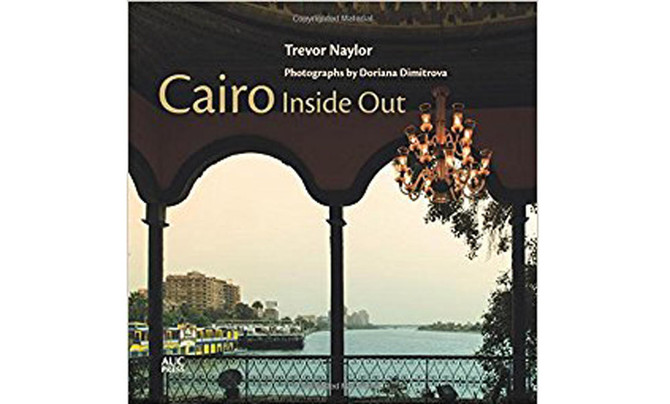
What We Are Reading Today: Birds of the Middle East
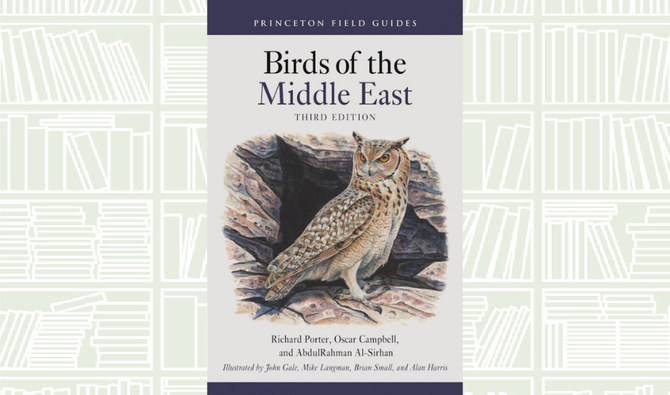
Authors: Richard Porter, Oscar Campbell, & Abdulrahman Al-Sirhan
The Middle East is home to some of the most spectacular birdlife in the world.
It features 180 superb color plates depicting some 900 species and subspecies as well as 646 color distribution maps that show the breeding range for almost every species.
Book Review: ‘The Undiscovered Self’ by Carl Jung
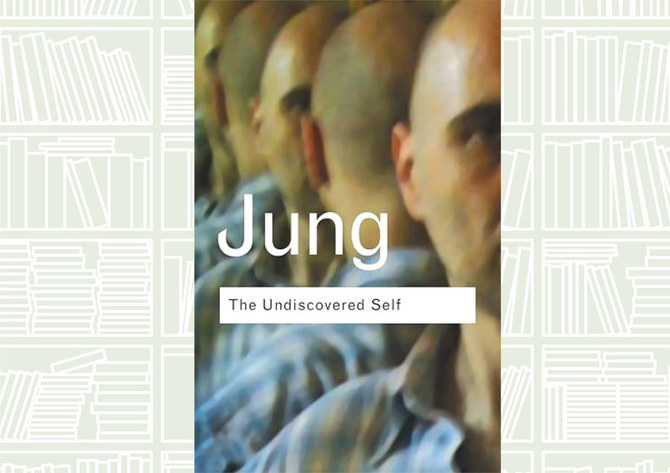
- Loss of personal responsibility, the author suggests, can lead to the rise of mass movements and, ultimately, totalitarianism
“The Undiscovered Self,” written by Swiss psychiatrist and psychoanalyst Carl Jung in 1957, delivers a warning about the dangers of modern collectivism, arguing that individuals are increasingly losing touch with their true selves.
Loss of personal responsibility, the author suggests, can lead to the rise of mass movements and, ultimately, totalitarianism.
The book offers a prescription for individual psychological development and moral autonomy as an antidote to society’s collectivist forces.
Jung explains the structure of the psyche, with the conscious ego and much larger subconscious, which contains universal archetypes, as well as personal complexes and shadows that shape our behavior.
The book emphasizes the importance of understanding and integrating the unconscious rather than just relying on the conscious mind.
Jung also explores the notion of “self,” defining “individuation” as the process of integrating the conscious and unconscious to become a whole, individualized person.
This requires embracing one’s shadow side and personal complexes, not just the socially acceptable persona.
True individuality and freedom come from this process of self-discovery and self-realization, Jung believes.
He encourages individuals to take responsibility for their psychological development, a process that involves introspection, self-knowledge, and a willingness to confront the unconscious.
For additional reading, I would recommend “The Red Book,” which outlines the development of many of Jung’s major theories.
What We Are Reading Today: The World Atlas of Rivers, Estuaries, and Deltas
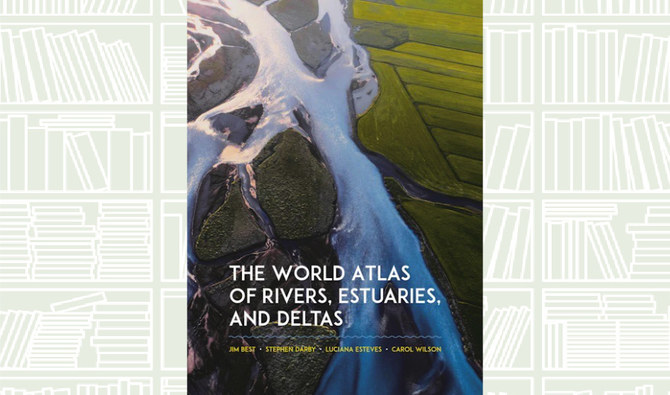
Authors: Jim Best, Stephen Darby, Luciana Esteves, & Carol Wilson
From the Congo and the Mekong to the Seine and the Mississippi, Earth’s rivers carve through landscapes before coursing into the world’s oceans through estuaries and deltas.
“The World Atlas of Rivers, Estuaries, and Deltas” takes readers on an unforgettable tour of these dynamic bodies of water, explaining how they function at each stage of their flow.
What We Are Reading Today: Money Capital

Authors: Patrick Bolton & Haizhou Huang
In this book, leading economists Patrick Bolton and Haizhou Huang offer a novel perspective, viewing monetary economics through the lens of corporate finance.
They propose a richer theory, where money can be seen as the equity capital of a nation, playing a similar role as stocks for a company.
What We Are Reading Today: ‘Crossing Thoughts’

Author: Sultan Ayaz
“Crossing Thoughts” is a fantasy novel in English by Saudi author Sultan Ayaz, published in 2017.
Ayaz’s novel is about humans defending their homeland against demon oppression. It is about the eternal fight between humanity and demons, and the person who stands between them.
The story begins with Drake, a child who lives a peaceful life with his family in a small town. However, a demonic attack destroys the village, but Drake somehow survives.
Three characters emerge: Aria, Ray and Amber, who study the nature of elements at the Grand College of Elements in the Kingdom of Iora, one of three kingdoms suffering demonic oppression. They learn to employ elemental magic as a weapon against their demonic opponents.
Aria (wind element user), Amber (fire element user) and Ray (thunder element user) end up fighting a sea demon and are discovered by a mysterious man called Soul, who admires their powers and helps them train to become “demon slayers,” to free humans from oppression.
There are many fight scenes in the storyline using magic and elements, and the book is full of drama, plot twists and terror.
What I liked about the narrative is how easy it is to read and follow, and the development of the world building —from the village to the Kingdom of Iora.
The female characters in the novel shine brighter and have distinct styles, making them more intriguing to read about, and each possesses a particular power.
It might be confusing for some readers that the story begins with Drake’s perspective and then cuts to the story of Aria, Amber and Ray. However, the more you read, the more intriguing the female storylines become.
The book has received four-plus star ratings on the Goodreads website and is simple enough to read in one sitting.
In 2020, Ayaz became one of the first Saudi novelists to have a fiction work in English published overseas when Olympia Publishers, a British publishing house, purchased the rights to “Crossing Thoughts.”
The novel is also set to be adapted into a Manga comic by Manga Arabia.




